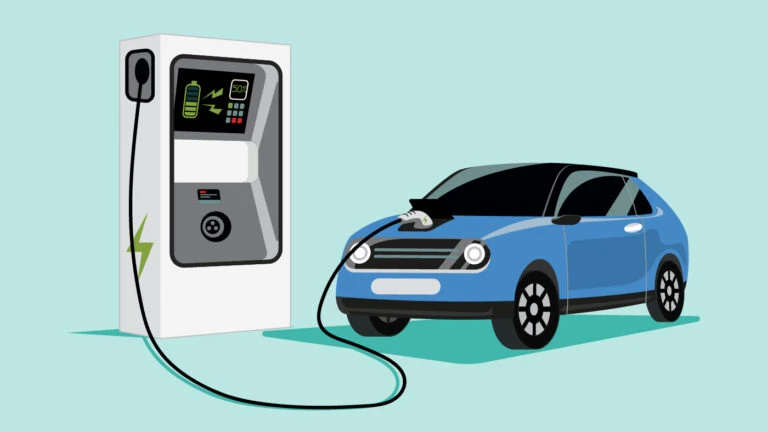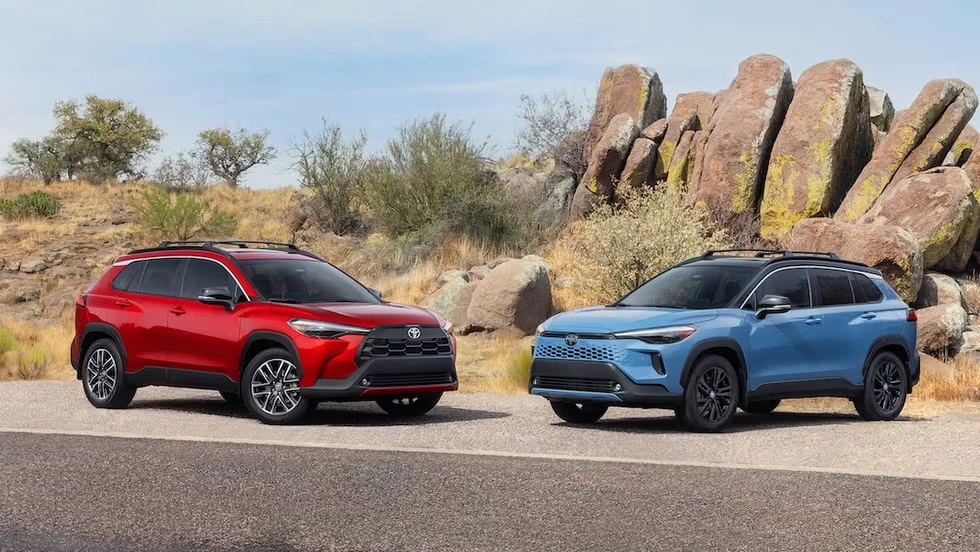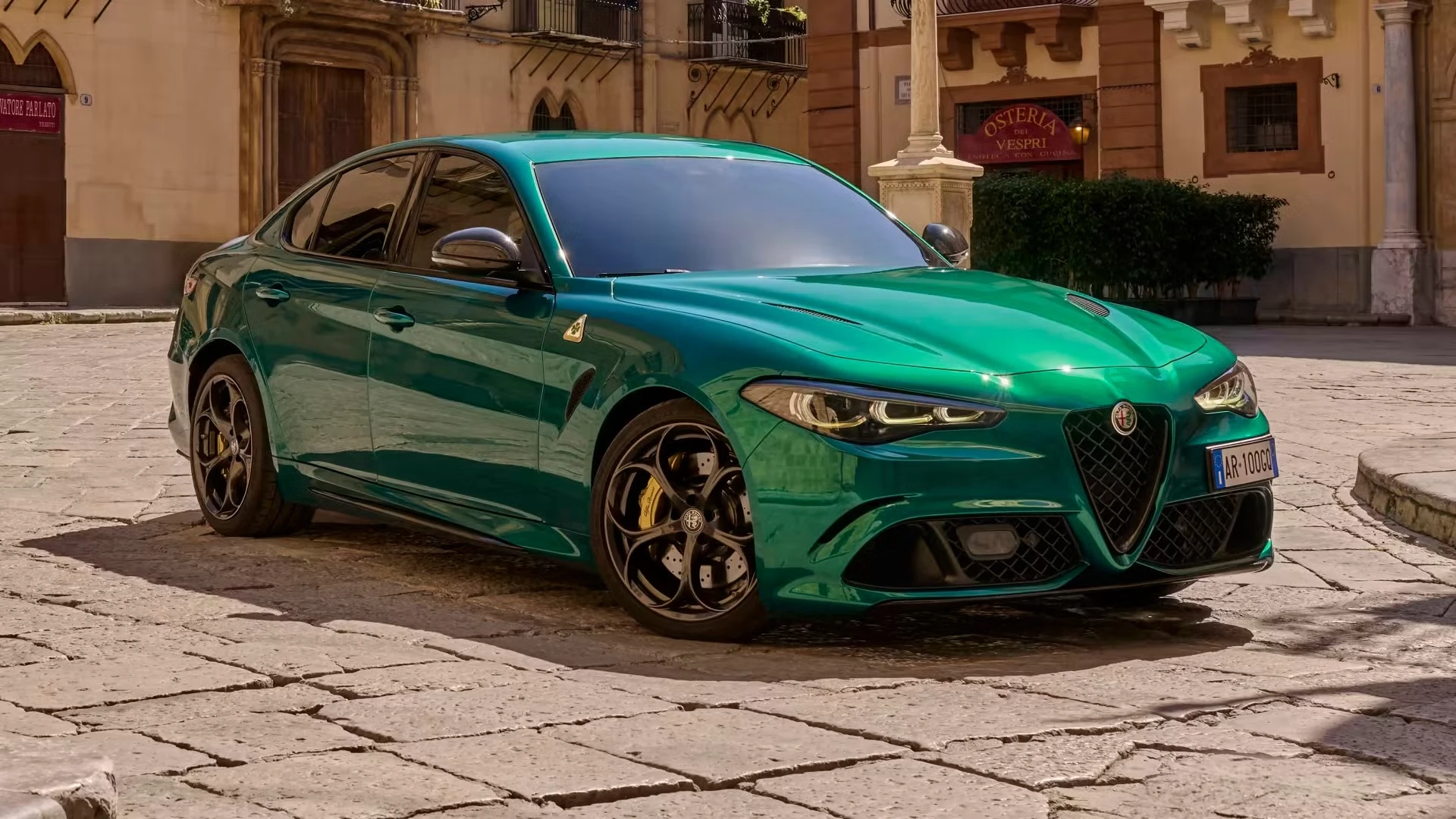Table of Contents
ToggleIntroduction
When people ask, how far an electric vehicle can go before recharging, they’re usually comparing EVs to gas-powered cars. For decades, we’ve been used to pulling into a fuel station, topping up in minutes, and driving hundreds of miles. But EVs work differently. Their “fuel” comes from stored electricity in the battery, and how long it lasts depends on many factors—from weather to driving style.
This article breaks down real-life ranges, explains what influences battery performance, and shows you why the EV world isn’t as limiting as many still believe.
The Basics of EV Range
How far an electric vehicle can go before recharging depends on its battery size, measured in kilowatt-hours (kWh). Think of kWh as the EV version of a fuel tank.
- A small city EV like the Mini Electric has a 32 kWh battery, giving it about 110–130 miles in real-world use.
- A family EV such as the Tesla Model Y Long Range packs a 75 kWh battery, covering 300+ miles.
- Luxury EVs like the Lucid Air push the limits with over 500 miles of range on a single charge.
Just as gas cars vary in fuel efficiency, EVs vary in how many miles they squeeze from every kWh.
Factors That Affect How Far an EV Can Go
1. Driving Habits
Speeding, rapid acceleration, and heavy braking eat into the battery. Smooth drivers often see better ranges than aggressive ones.
2. Weather Conditions
Cold weather makes batteries less efficient, sometimes reducing range by up to 30%. On the other hand, hot climates can also stress batteries if air conditioning is used heavily.
3. Terrain
Going uphill requires more power, but regenerative braking downhill recaptures some energy.
4. Load and Weight
Carrying passengers, luggage, or even roof racks decreases efficiency.
5. Battery Health
Just like smartphone batteries, EV batteries slowly degrade over time, slightly lowering range.
The Role of Battery Technology
Modern lithium-ion batteries dominate the EV world, but automakers are racing to improve chemistry. Solid-state batteries, expected later this decade, could nearly double how far an electric vehicle can go before recharging, while also reducing charge times.
Companies like Toyota and QuantumScape are leading the charge, aiming for 500–700 miles per charge in the future.
Average EV Ranges Today
Here’s a quick look at what you can expect today:
| EV Model | Battery Size (kWh) | EPA Estimated Range (miles) | Real-World Range (miles) | Best Use Case |
|---|---|---|---|---|
| Mini Electric | 32 | 114 | 110 | City driving |
| Nissan Leaf | 40–62 | 150–225 | 140–210 | Daily commuting |
| Tesla Model 3 LR | 75 | 358 | 320–340 | Family trips |
| Ford Mustang Mach-E | 70–91 | 230–312 | 220–300 | SUV comfort |
| Hyundai Ioniq 6 | 77 | 361 | 330–350 | Long highway rides |
| Kia EV6 | 77 | 310 | 290–300 | Mixed driving |
| Mercedes EQS | 108 | 350–400 | 340–370 | Luxury comfort |
| Lucid Air | 118 | 516 | 490–510 | Ultra-long trips |
| Rivian R1T | 135 | 314–400 | 300–380 | Adventure & towing |
| Chevrolet Bolt EUV | 65 | 247 | 230–240 | Affordable EV choice |
How EV Range Compares to Gas Cars
A gas-powered Toyota Camry can travel 450–500 miles on a full tank. At first glance, many EVs fall short. But here’s the catch: most people drive less than 40 miles a day. For daily life, EVs easily cover commuting, errands, and weekend outings without issue.
On road trips, charging stations along highways now make long-distance EV travel possible. For instance, Tesla’s Supercharger network allows cross-country drives in the U.S., Europe, and parts of Asia.
Real-Life Example: A Road Trip
Imagine driving from Los Angeles to San Francisco (~380 miles).
- In a Tesla Model Y, you’d stop once for 20–30 minutes to recharge, arriving with range to spare.
- In a Nissan Leaf, you’d need 2–3 charging stops, adding an hour or more.
This shows that how far an electric vehicle can go before recharging depends not only on the car but also on the trip type.
Tips to Maximize EV Range
- Pre-condition the battery in cold or hot weather.
- Use eco-driving modes to limit unnecessary power use.
- Plan charging stops with apps like PlugShare or Tesla’s built-in navigation.
- Maintain proper tire pressure—low tires reduce efficiency.
- Travel light—extra weight eats range.
Future of EV Range
Looking ahead, how far an electric vehicle can go before recharging will only improve:
- Solid-state batteries could deliver 600–800 miles.
- Ultra-fast charging will shrink charging stops to under 10 minutes.
- Solar integration may add small daily boosts to range.
In a few years, the question might not be “how far can it go?” but rather “do I even need to worry about recharging anymore?”
Conclusion
At its core, the question how far an electric vehicle can go before recharging depends on technology, driving conditions, and expectations. Today’s EVs already cover 200–500 miles, enough for most drivers. Tomorrow’s EVs may reach 700 miles or more, making range anxiety a thing of the past.
Whether you’re commuting daily, running errands, or planning a long trip, EVs are proving that range isn’t a roadblock—it’s a fast-changing benchmark of progress.
FAQs About EV Range
Q1: How far can most electric vehicles go on one charge?
Most modern EVs average 200–350 miles per charge.
Q2: Do electric vehicles lose range over time?
Yes, but only slightly—about 1–2% per year depending on battery care.
Q3: Can weather affect EV range?
Absolutely. Cold weather can cut range by up to 30%.
Q4: Which EV has the longest range today?
The Lucid Air leads with over 500 miles per charge.
Q5: How often do I need to recharge an EV?
For daily driving, most people charge 2–3 times a week at home.
Q6: Can EVs be used for long road trips?
Yes, with proper planning and fast-charging networks, cross-country travel is possible.
Q7: Does driving speed affect EV range?
Yes, higher speeds consume more energy and shorten range.
Q8: What’s the difference between EPA range and real-world range?
EPA range is a lab estimate, while real-world range reflects daily driving conditions.
Q9: How does regenerative braking help?
It recaptures energy when slowing down, extending range slightly.
Q10: Will EVs eventually match or beat gas cars in range?
Yes—upcoming technologies like solid-state batteries are expected to surpass gas cars.
I’m Waqas, an electric vehicle enthusiast and tech writer with over 6 years of experience covering the EV industry. I write in-depth articles, comparisons, and reviews to help readers understand the fast-evolving world of electric mobility. From battery technology to EV launches and charging trends, I aim to make complex EV topics simple, engaging, and informative for everyday drivers and curious readers alike.






